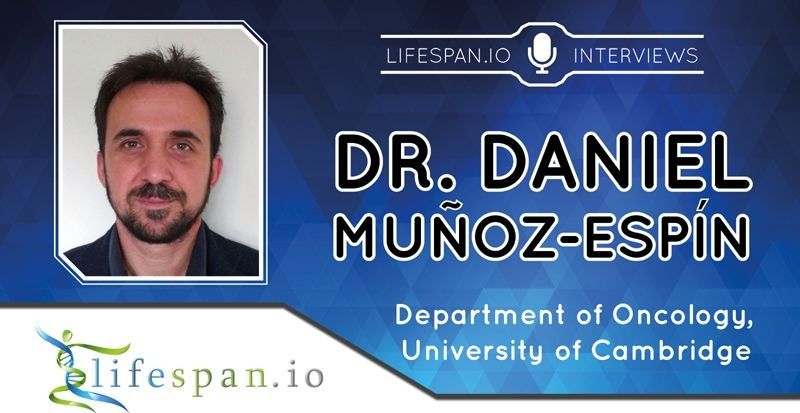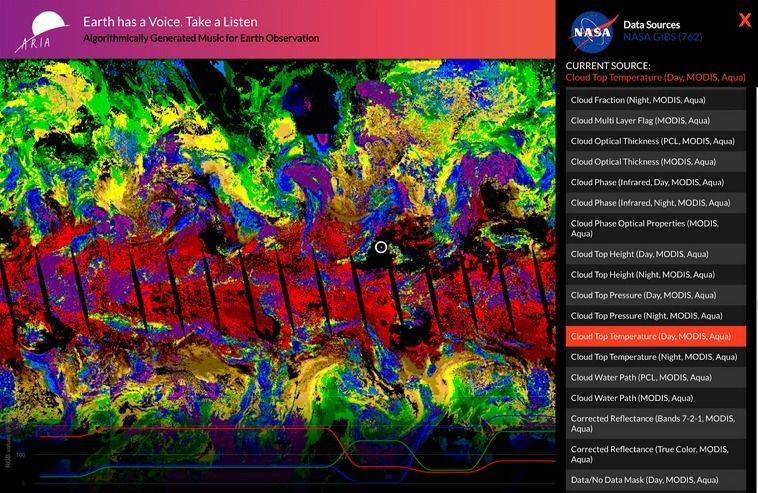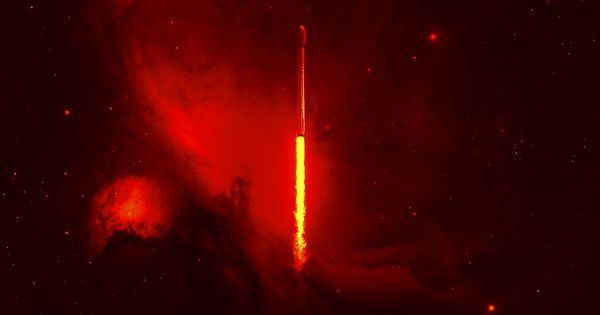Scientists from NASA Goddard have discovered that not only are Saturn’s rings younger than previously thought, but also that the rings are actually disappearing at a rapid pace through a process called “ring rain.”


Scientists from NASA Goddard have discovered that not only are Saturn’s rings younger than previously thought, but also that the rings are actually disappearing at a rapid pace through a process called “ring rain.”


During the Fourth Eurosymposium on Healthy Ageing (EHA), which was held in Brussels, Belgium last November, we had the opportunity to meet Dr. Daniel Muñoz-Espín from the Oncology Department of the University of Cambridge.
Dr. Muñoz-Espín received his PhD from the Autonomous University of Madrid, Spain, within the viral DNA replication group at the Centre of Molecular Biology Severo Ochoa, where he worked under the supervision of one of the most famous Spanish scientists, Dr. Margarita Salas. Dr. Muñoz-Espín’s postdoctoral research resulted in several published papers and a 2013 patent focused on DNA replication; he then joined the Centro Nacional de Investigaciones Oncológicas, or CNIO, the Spanish National Centre for Cancer Research, specifically the team of Dr. Manuel Serrano, co-author of The Hallmarks of Aging. The research that Dr. Muñoz-Espín conducted during this time demonstrated how cellular senescence doesn’t play a role just in aging and cancer but also in normal embryonic development, where it contributes to the shaping of our bodies—a process that was termed “developmentally-programmed senescence”, whose concept was very favorably received by the scientific community.
Currently, Dr. Muñoz-Espín serves as Principal Investigator of the Cancer Early Detection Programme at the Department of Oncology of Cambridge University; with his current team, Dr. Muñoz-Espín developed a novel method to target senescent cells, which was reported in EMBO Molecular Medicine. This topic was the subject of Dr. Muñoz-Espín’s talk at EHA2018 and one of the many fascinating others that he discussed in this interview.

For the first time, one of the global finalists came from the Philippines! #SpaceApps #SpaceAppsPH #ParaSaBayan #AtinTo #FriendsPartnersAllies
Out of more than 1,350 submitted apps, the 25 nominees for Global Awards in the 2018 NASA Space Apps Challenge have been announced.
The world’s largest hackathon is now down to 25 nominees for Global Awards in the 2018 NASA Space Apps Challenge.

The winter solstice, falling on December 21, 2018, will mark the shortest day of the year as well as a full moon in the night sky. The upcoming full moon named the Cold Moon or the Long Night Moon will be visible during the longest night of the year.
The two events don’t perfectly align. The peak full Moon will occur on December 22 at 12:49 p.m. EST while the winter solstice falls a day earlier on December 21. However, to the typical person viewing the moon, it will appear full for several days.
The winter solstice marks a transition period where days begin getting longer in the Northern Hemisphere and shorter in the Southern Hemisphere. The evening of the winter solstice will be the longest of the year for the Northern Hemisphere. This is because Earth’s poles create a maximum tilt away from the Sun in the Northern Hemisphere and maximum tilt toward the Sun in the Southern Hemisphere.


If you asked most people about cadmium they’d probably know very little about it. But it is listed among the World Health Organisation’s ten chemicals of major public health concern, alongside substances such as lead and asbestos. As such, it is concerning to see it in such high quantities in so many household products. The health risk depends on how easily the cadmium can flake off or leach out and additional tests performed indicate that this is greatest for enamelled glassware.
High levels of the carcinogenic chemical cadmium can still be found in everyday household products like second-hand plastic toys, drinking glasses, alcoholic beverage bottles, ceramics and artists’ paints, according to new research by the University of Plymouth.
Cadmium was commonly used to give products a bright red, orange or yellow pigment, but over time the decoration on glass can start to flake and the glaze on ceramics fail.
Writing in Science of the Total Environment, scientists also suggest it is unintentionally finding its way into glass and other items through the recycling process.


Since its inception in the 1950s, radiocarbon dating has proven indispensable to archaeologists and climate scientists, who rely on the technique to accurately date organic compounds. But a good thing just got better, owing to the discovery of two stalagmites in a Chinese cave containing a seamless chronological atmospheric record dating back to the last Ice Age.
An unbroken, high-resolution record of atmospheric carbon-12 and carbon-14 was found in a pair of stalagmites located within Hulu Cave near Nanjing, China, according to new research published today in Science. Because this record extends back to the last glacial period, to around 54,000 years ago, scientists are now equipped with a more accurate standard for use in radiocarbon calibration.

Every day at around 4 p.m., the creeeek criikkk of stretched packing tape echoes through Huaqiangbei, Shenzhen’s sprawling neighborhood of hardware stores. Shopkeepers package up the day’s sales—selfie sticks, fidget spinners, electric scooters, drones—and by 5, crowds of people are on the move at the rapid pace locals call Shenzhen sudu, or “Shenzhen speed,” carting boxes out on motorcycles, trucks, and—if it’s a light order—zippy balance boards. From Huaqiangbei the boxes are brought to the depots of global logistics companies and loaded onto airplanes and cargo ships. In the latter case they join 24 million metric tons of container cargo going out every month from Shekou harbor—literally “snake’s mouth,” the world’s third-busiest shipping port after Shanghai and Singapore.